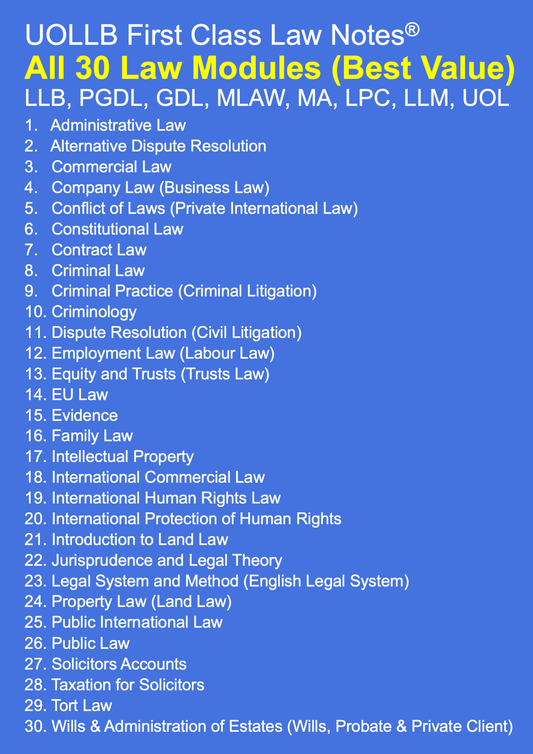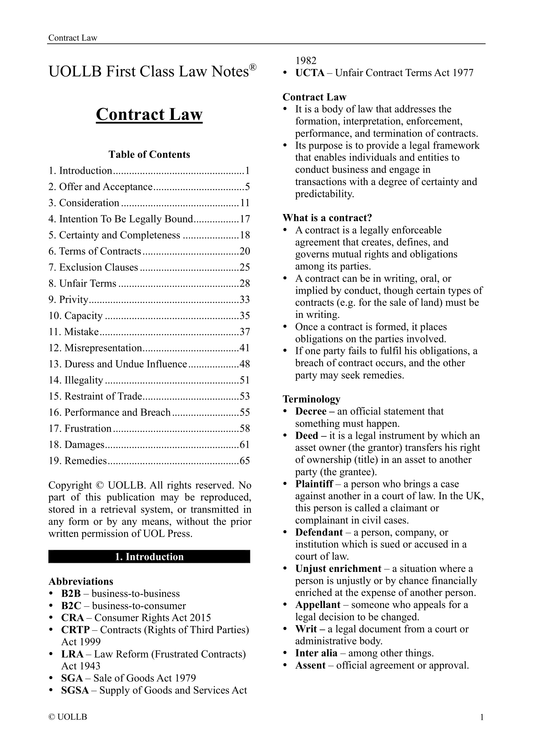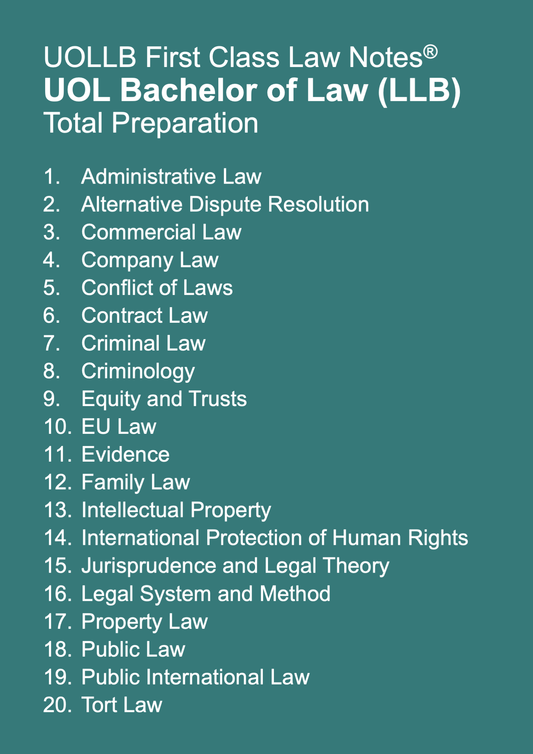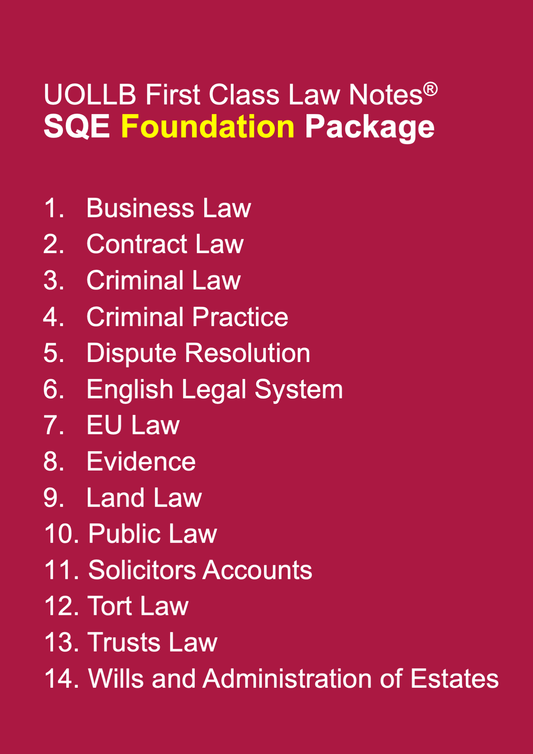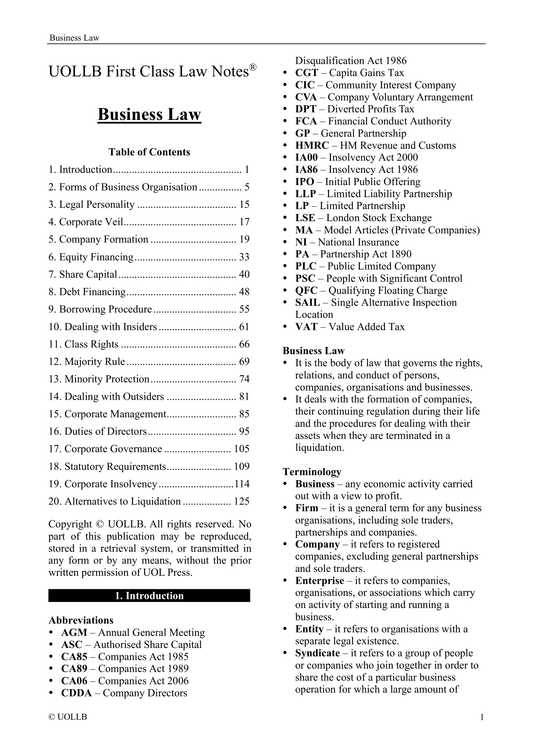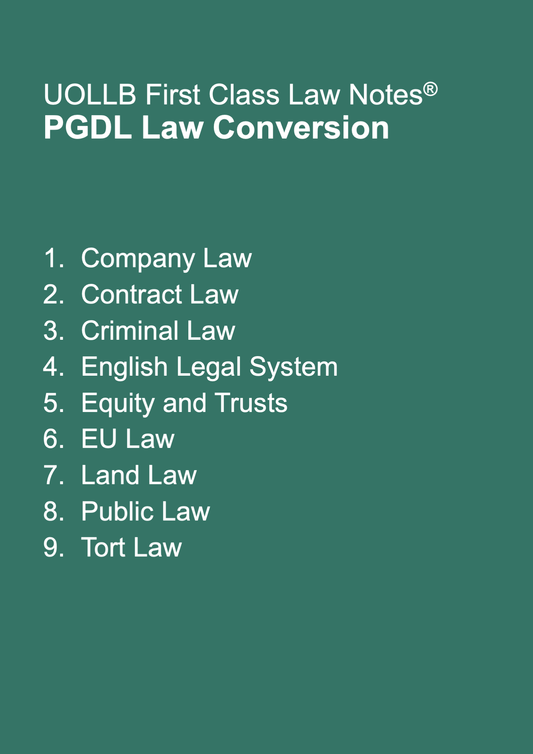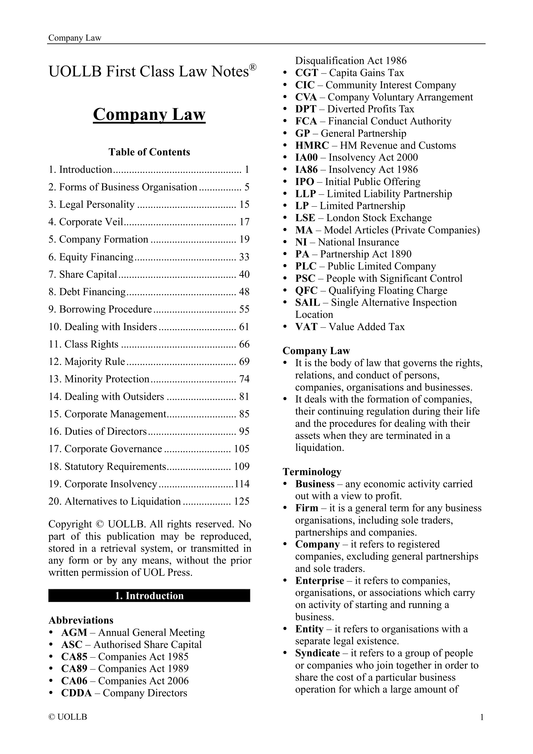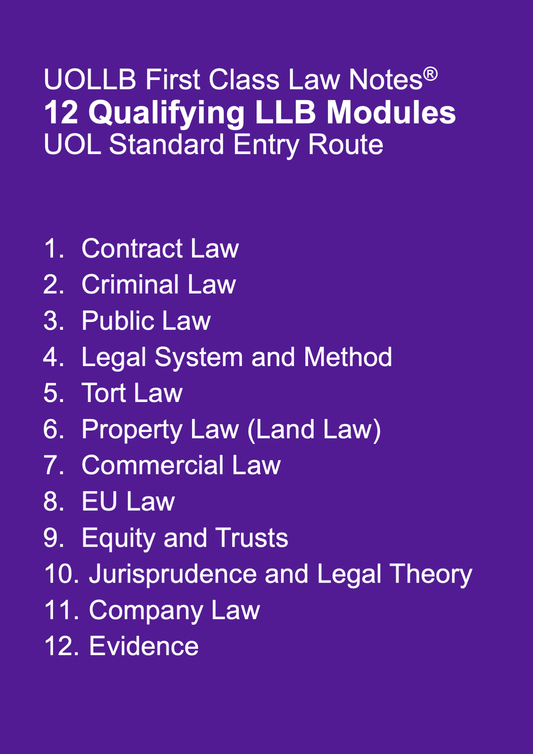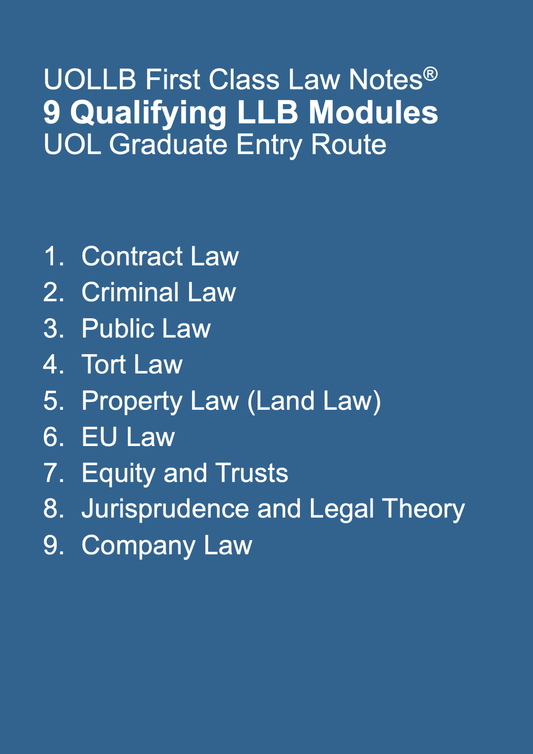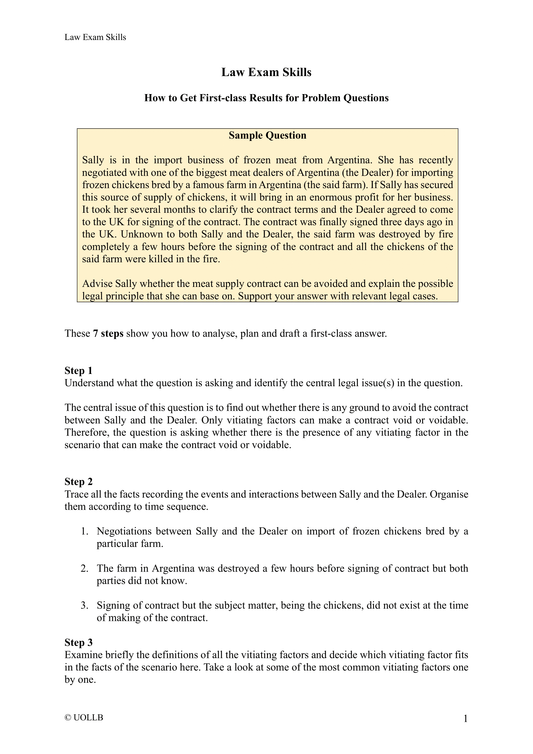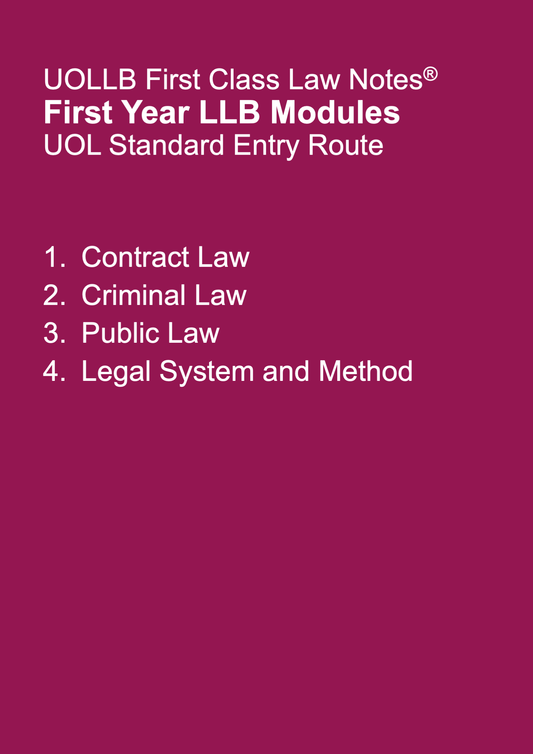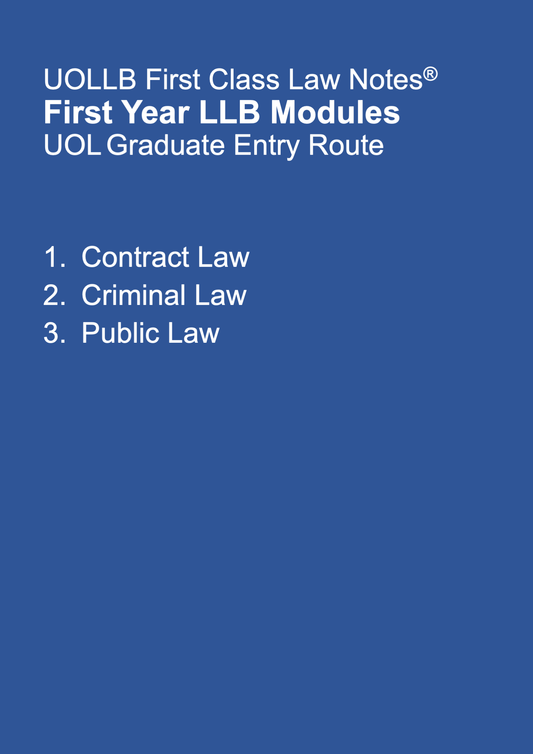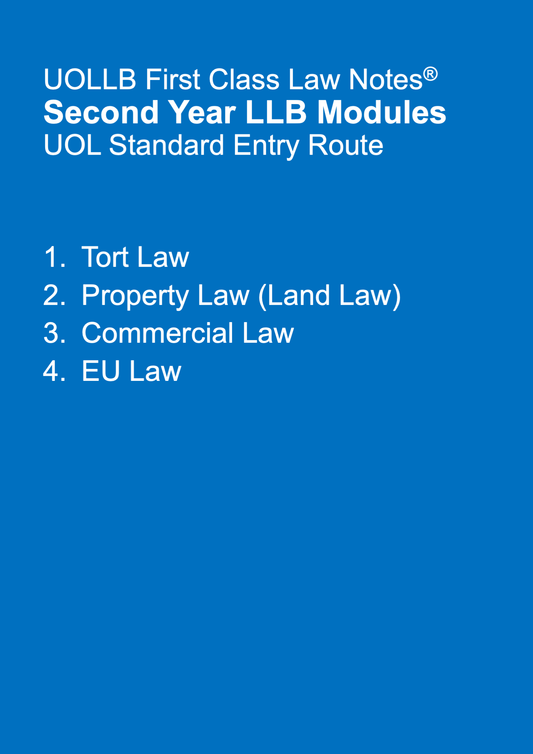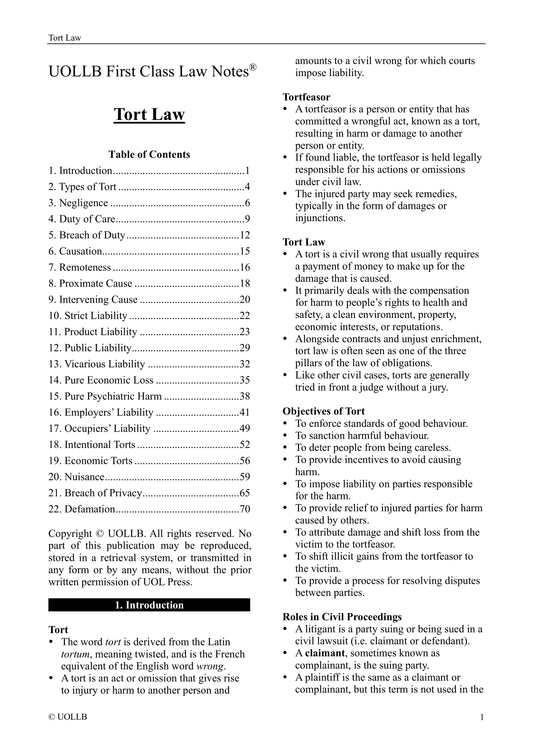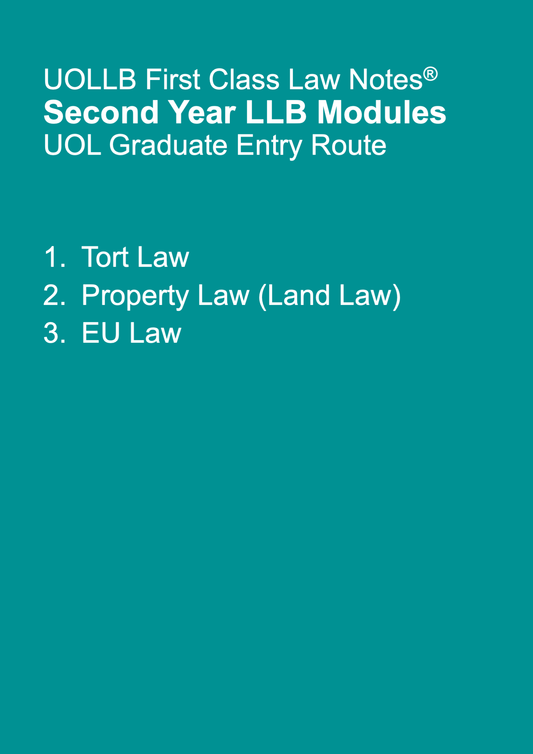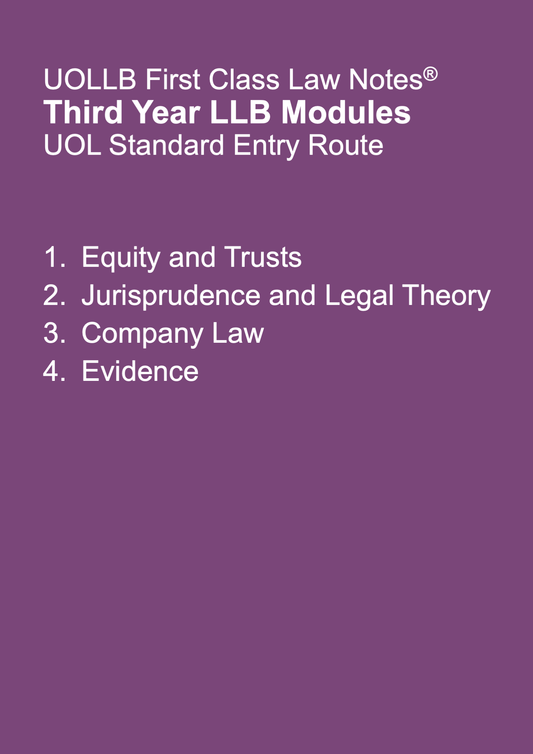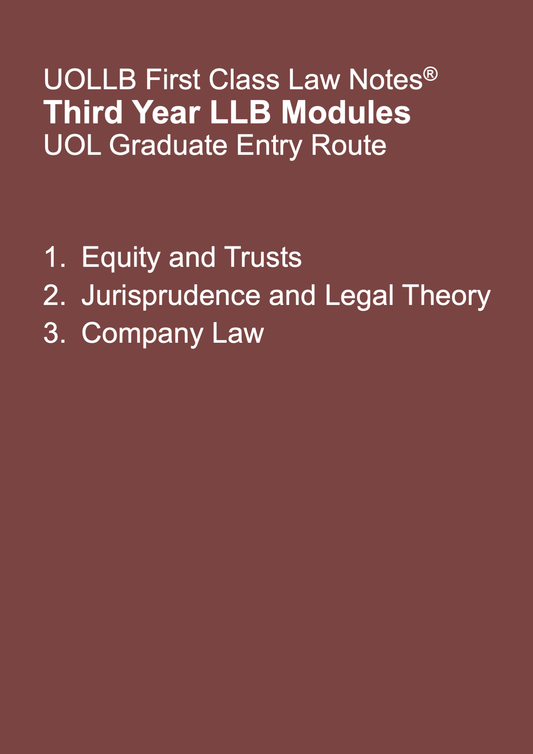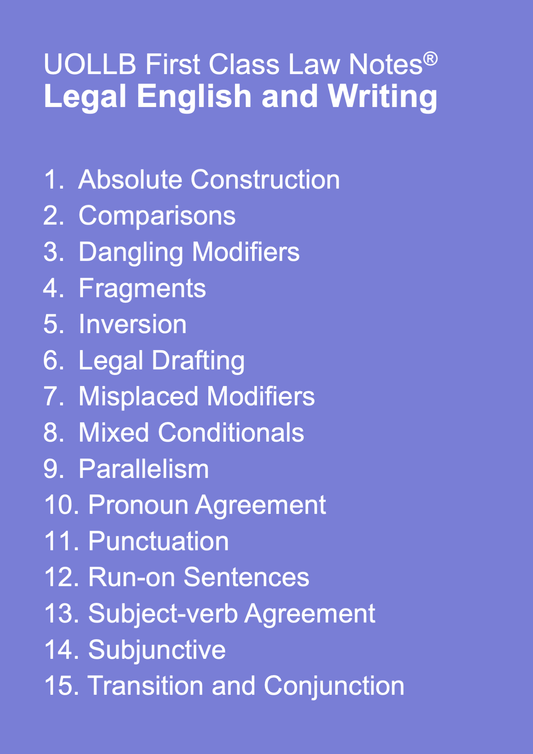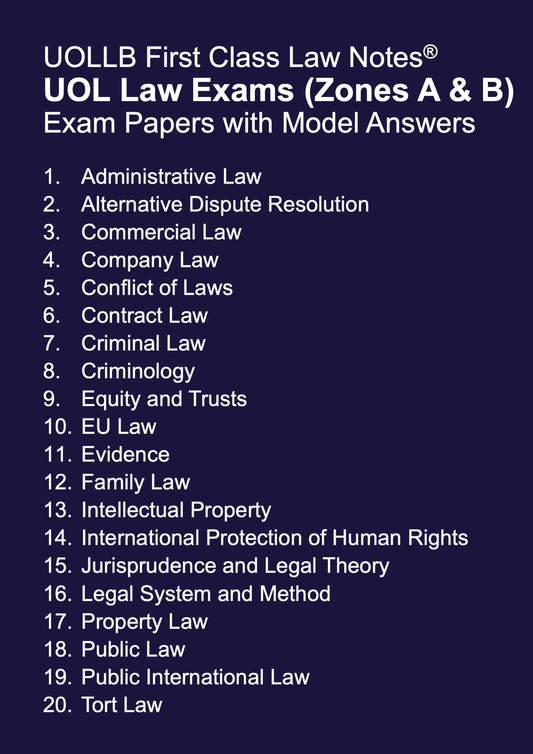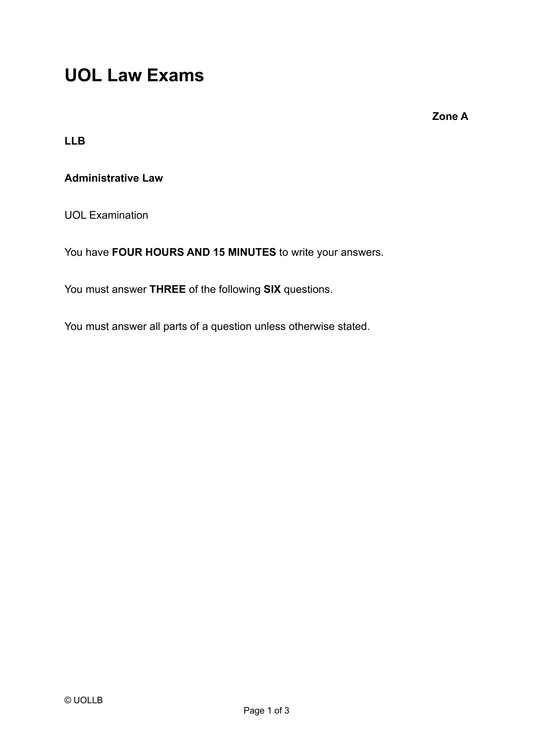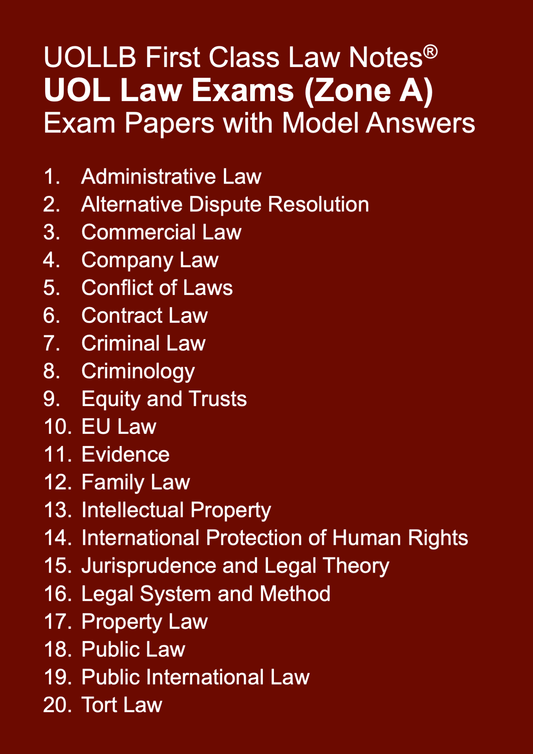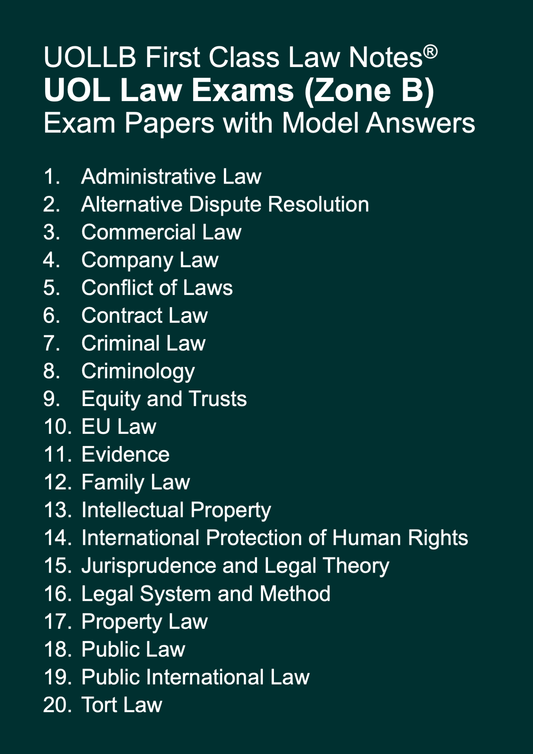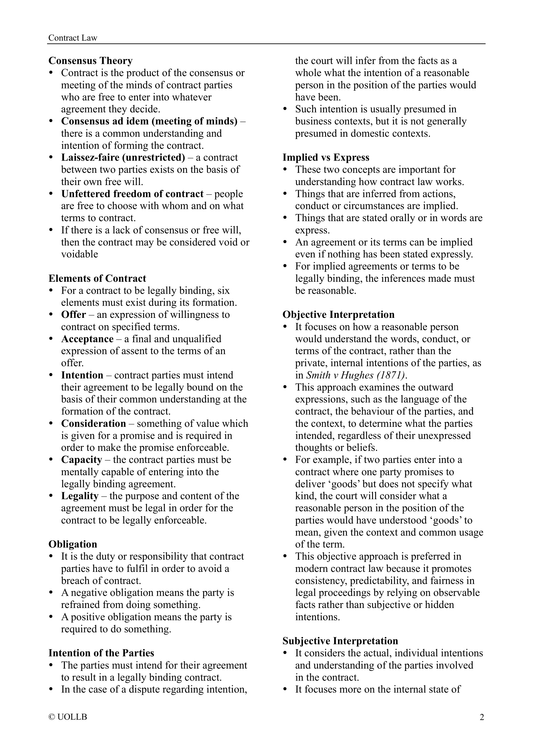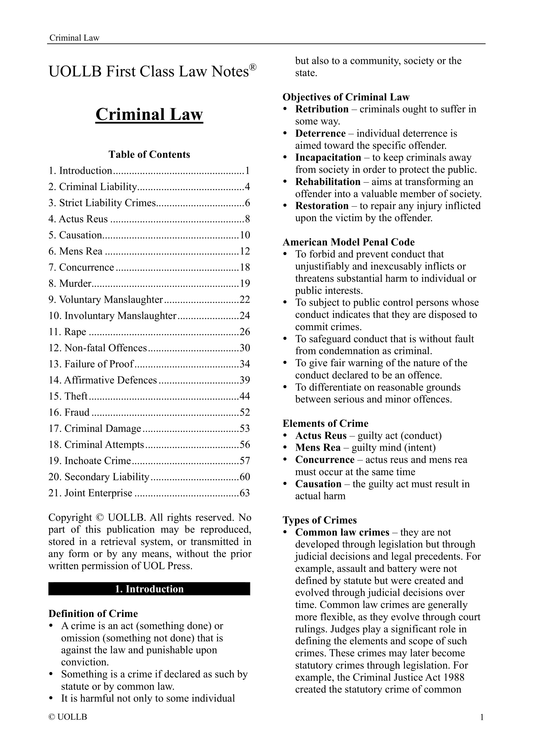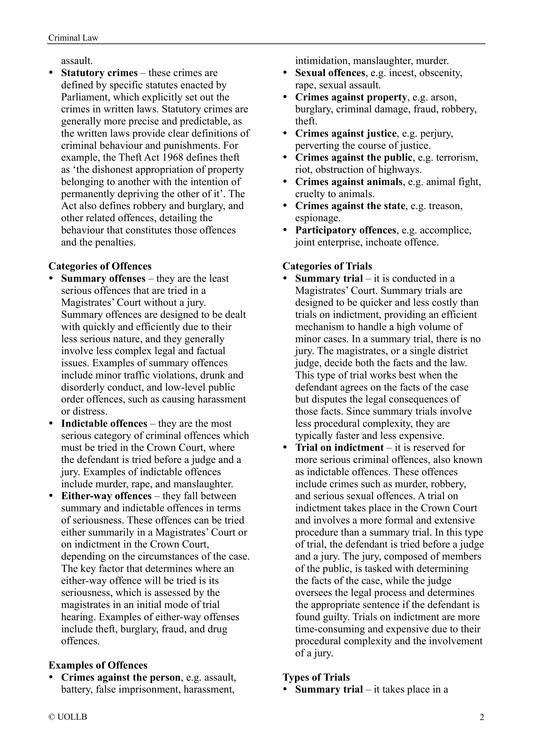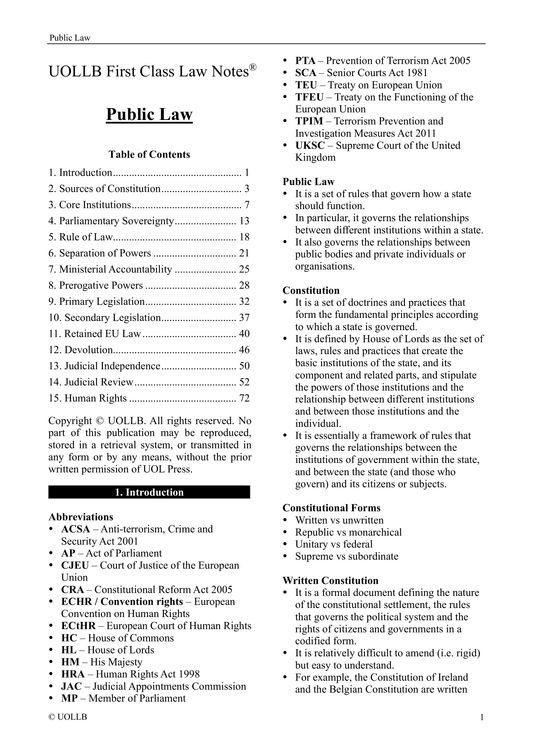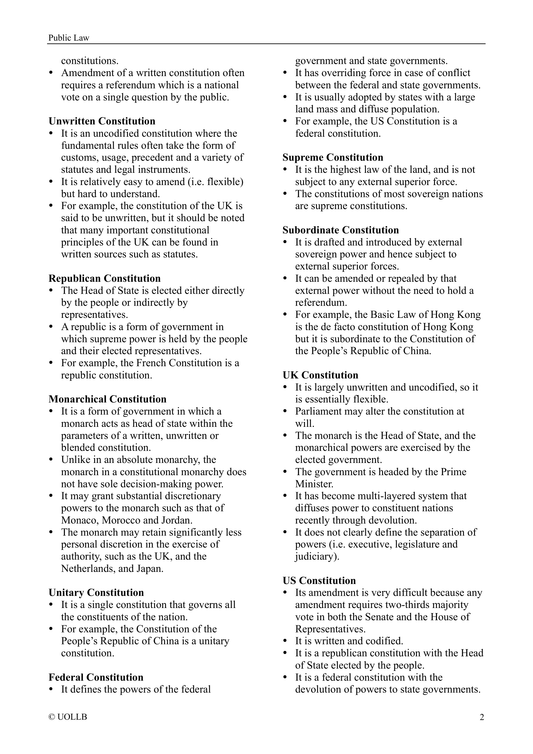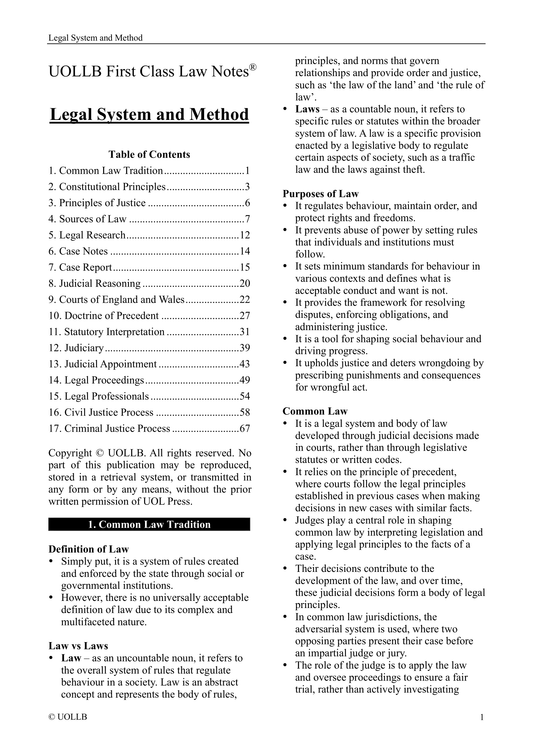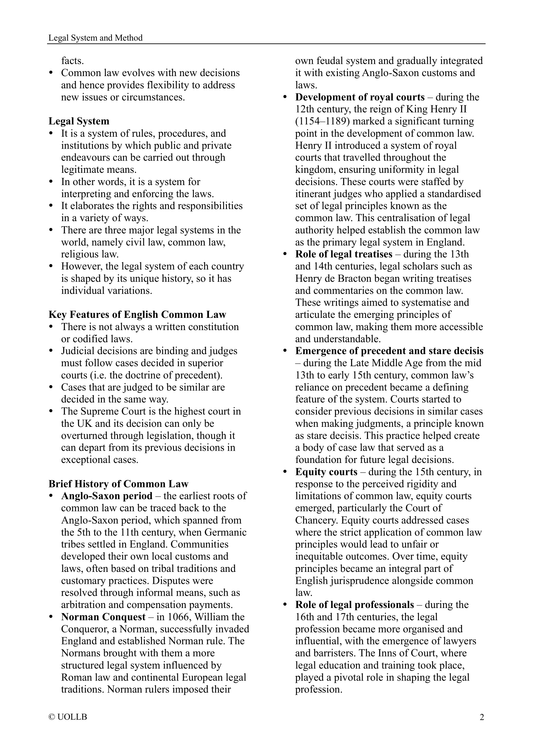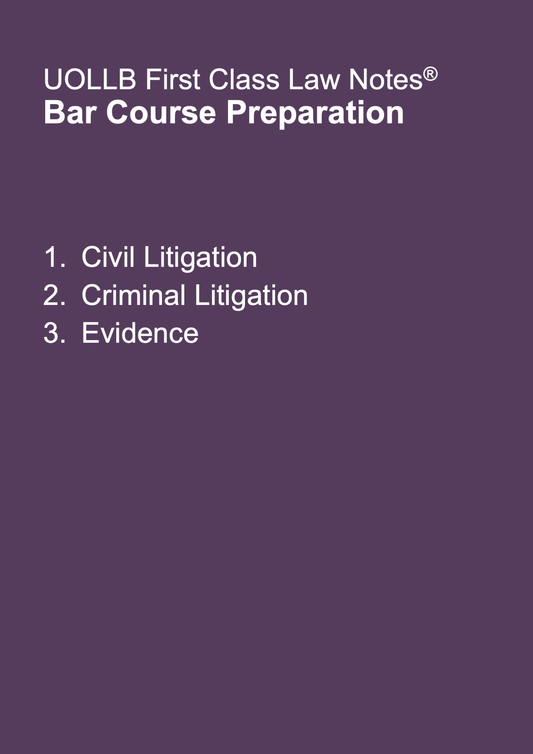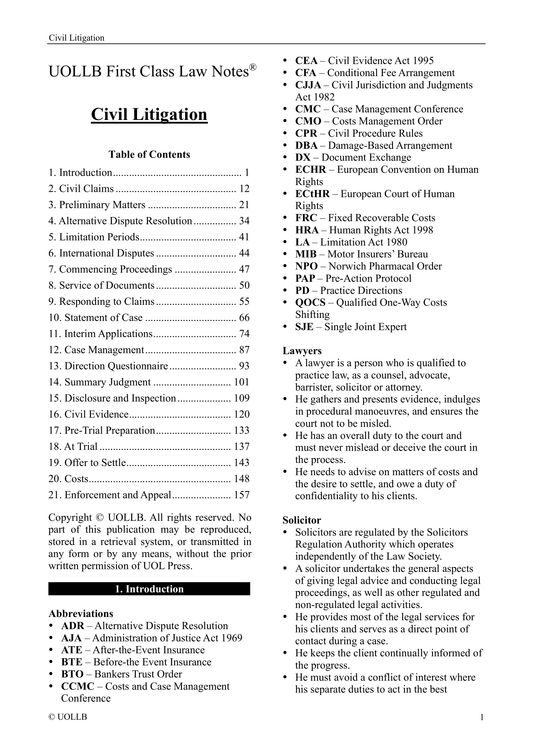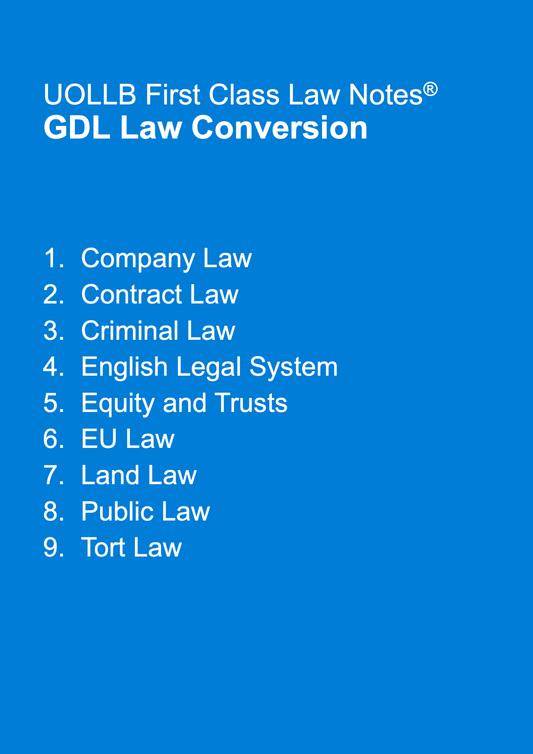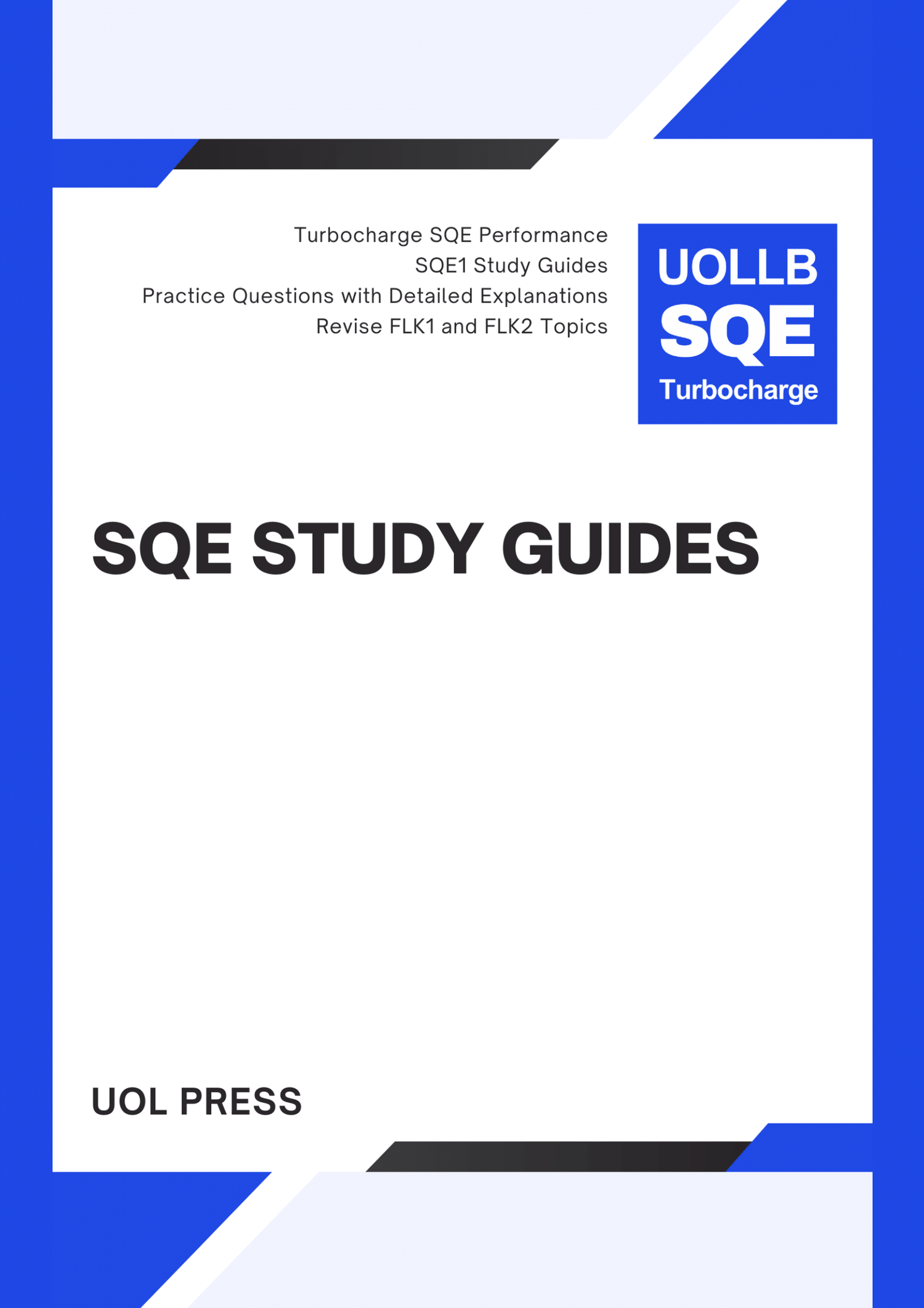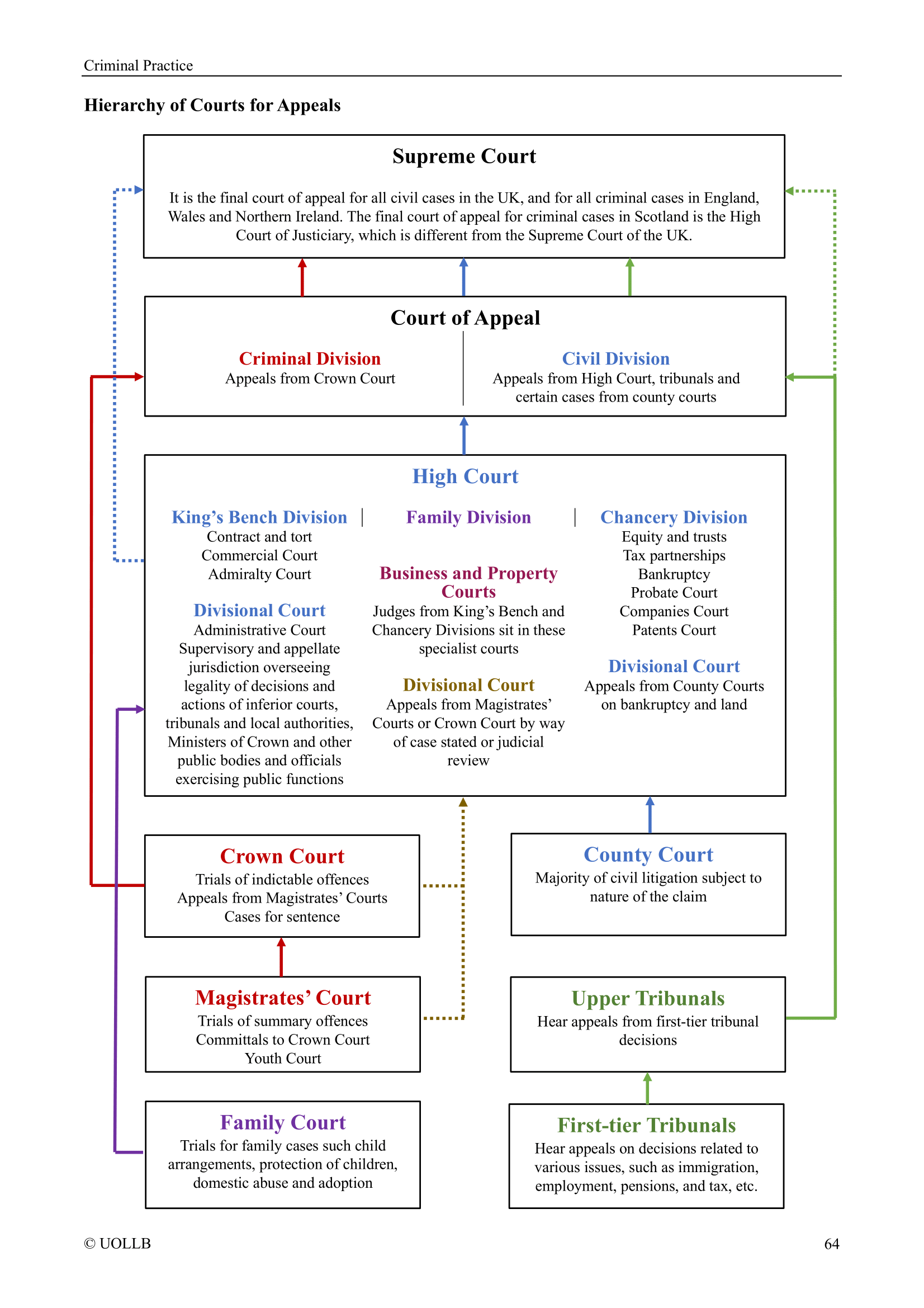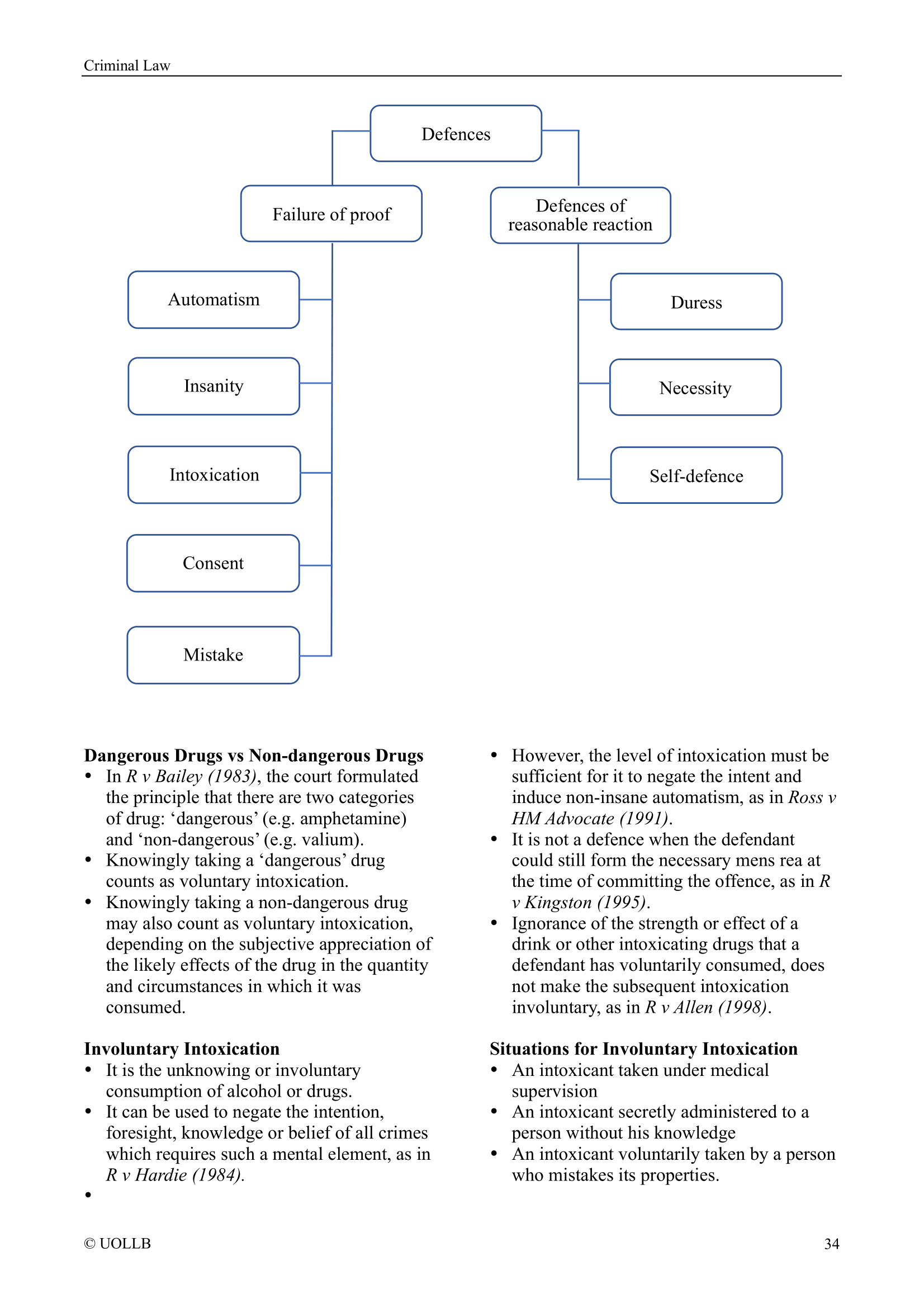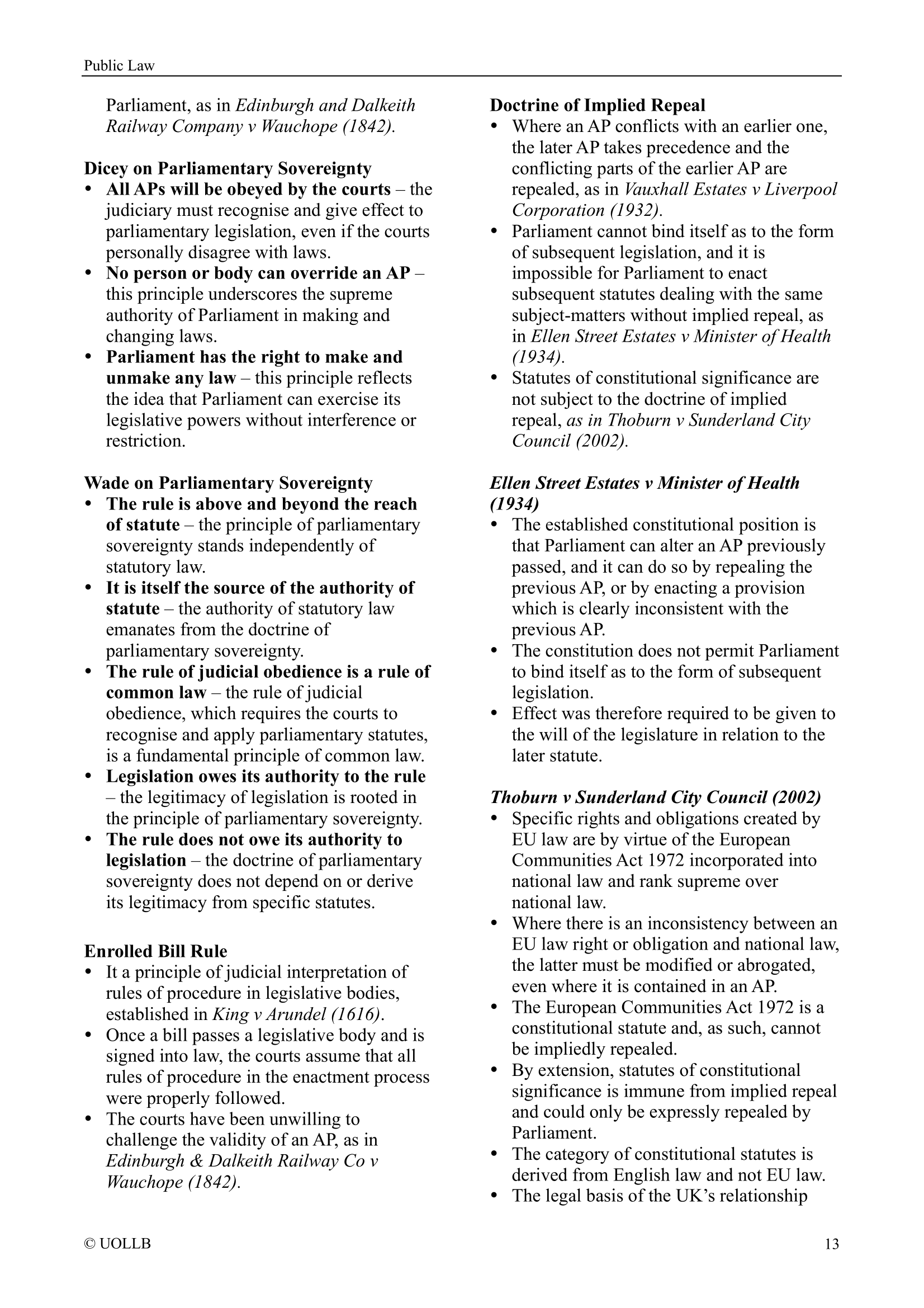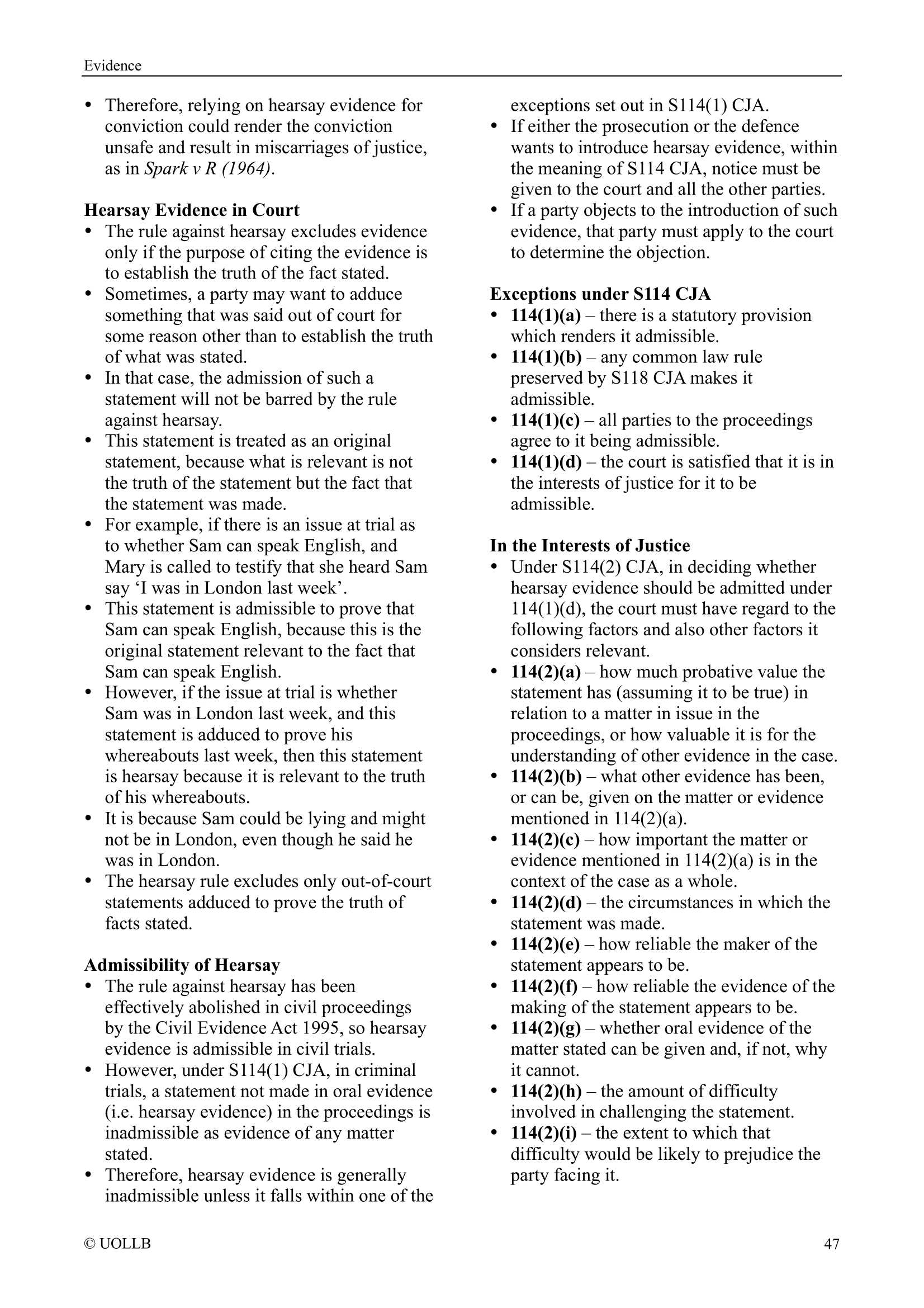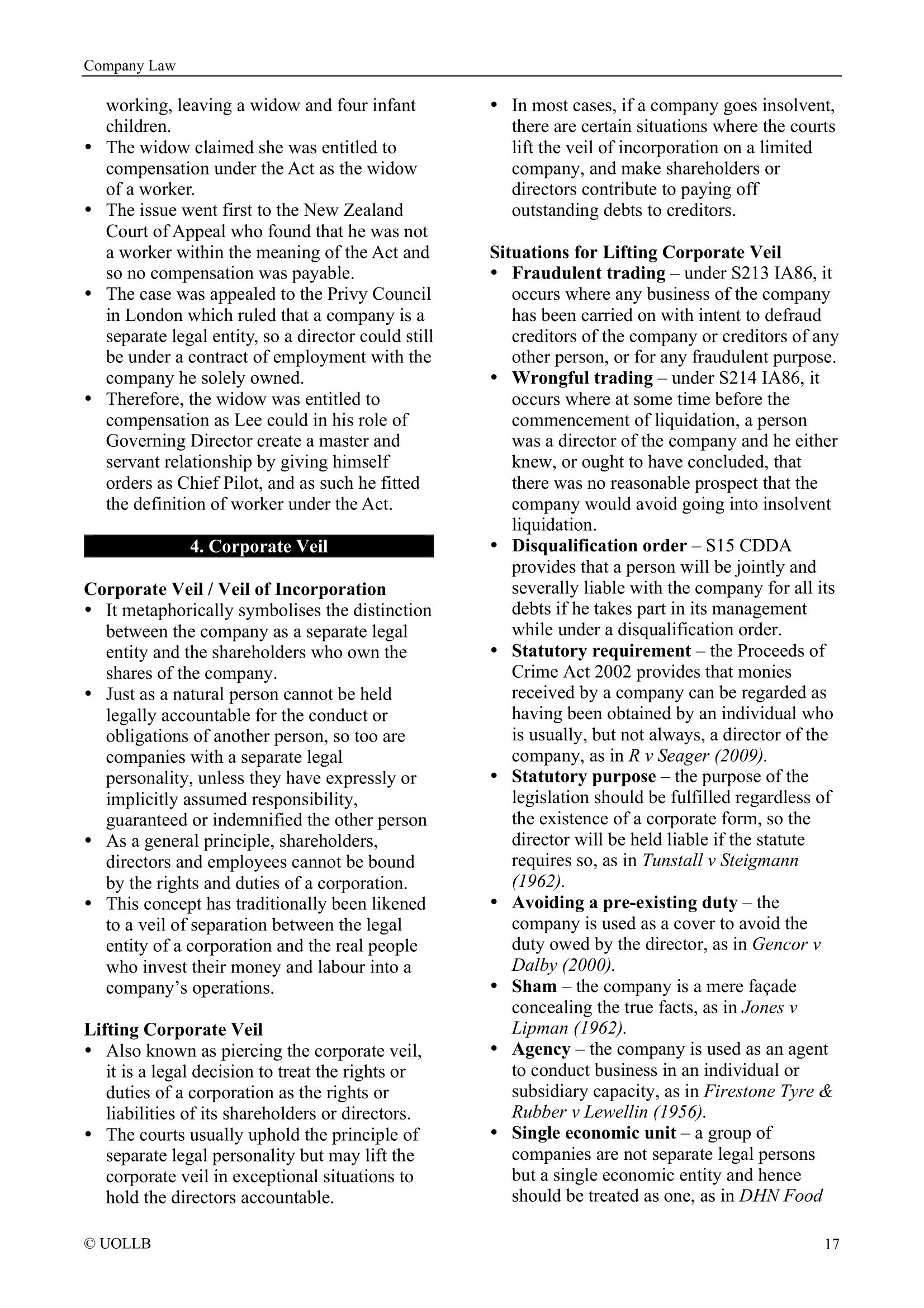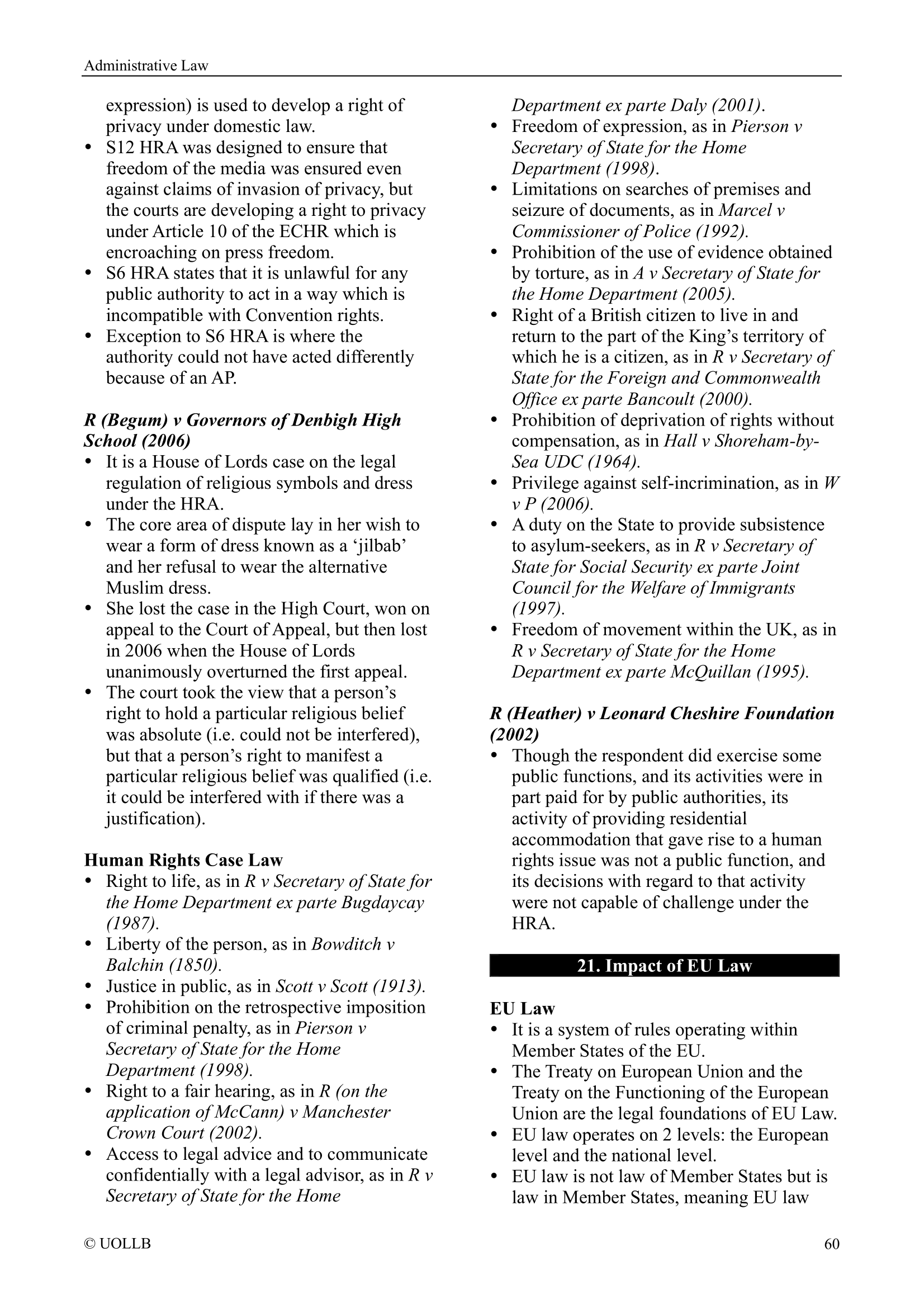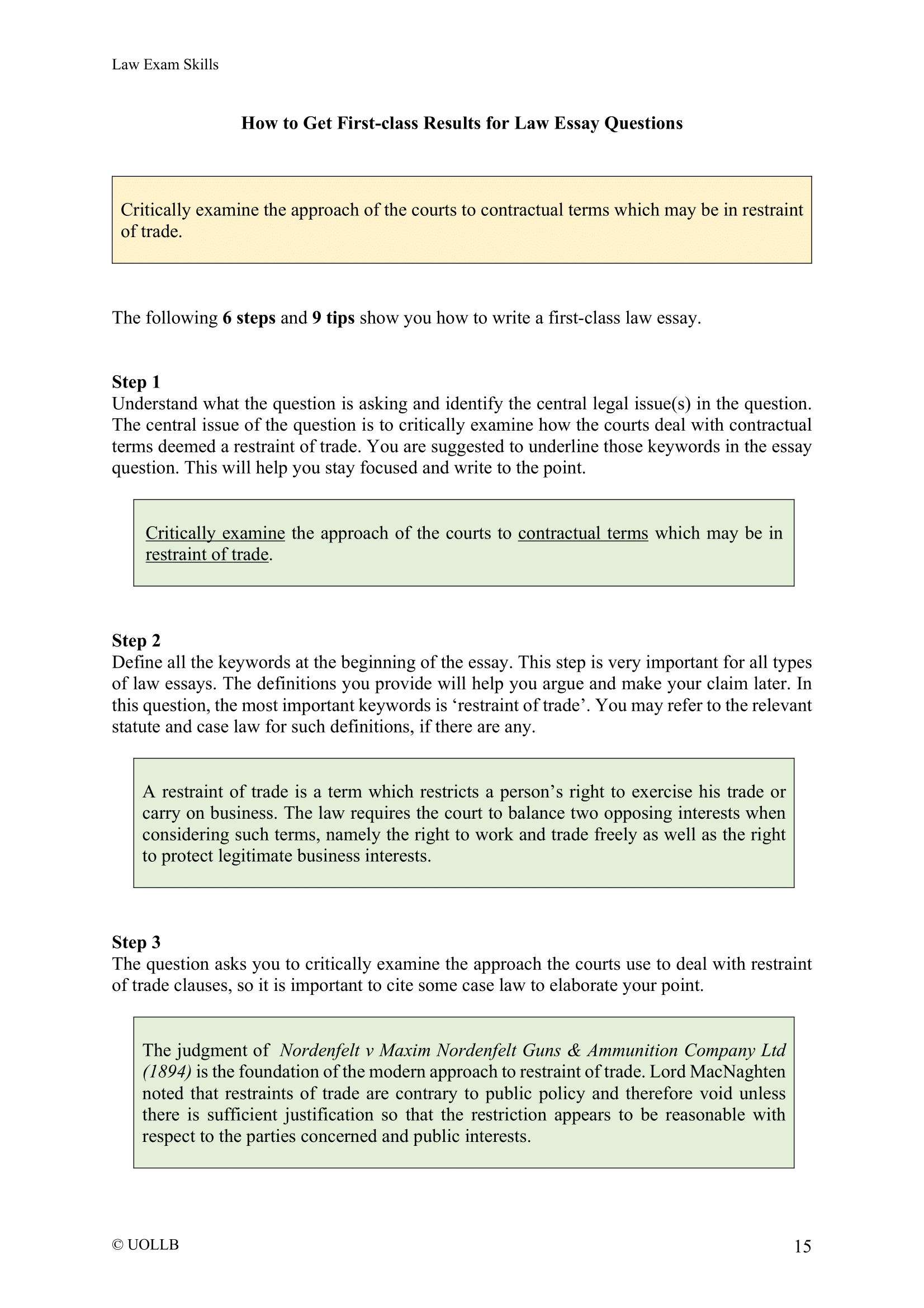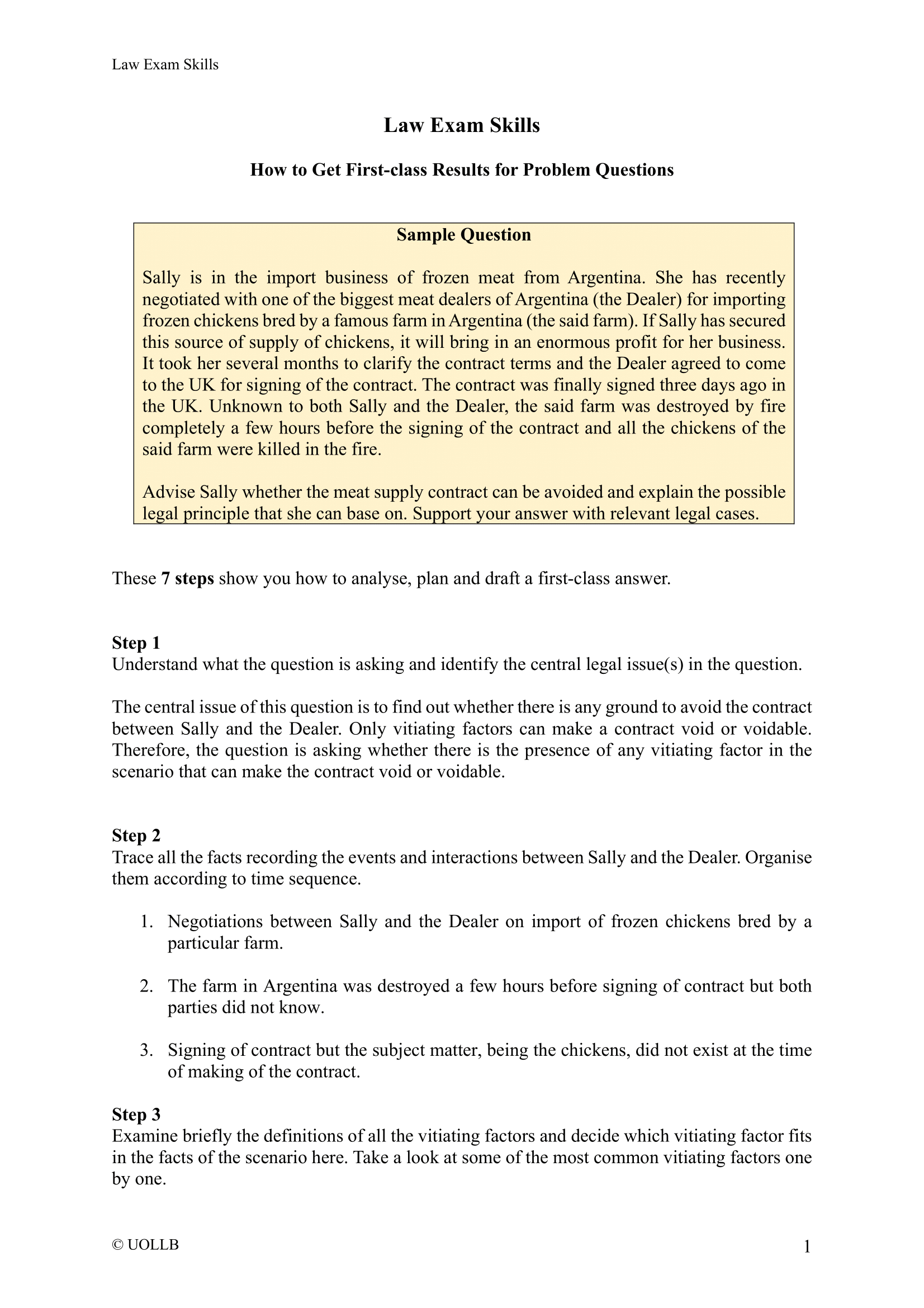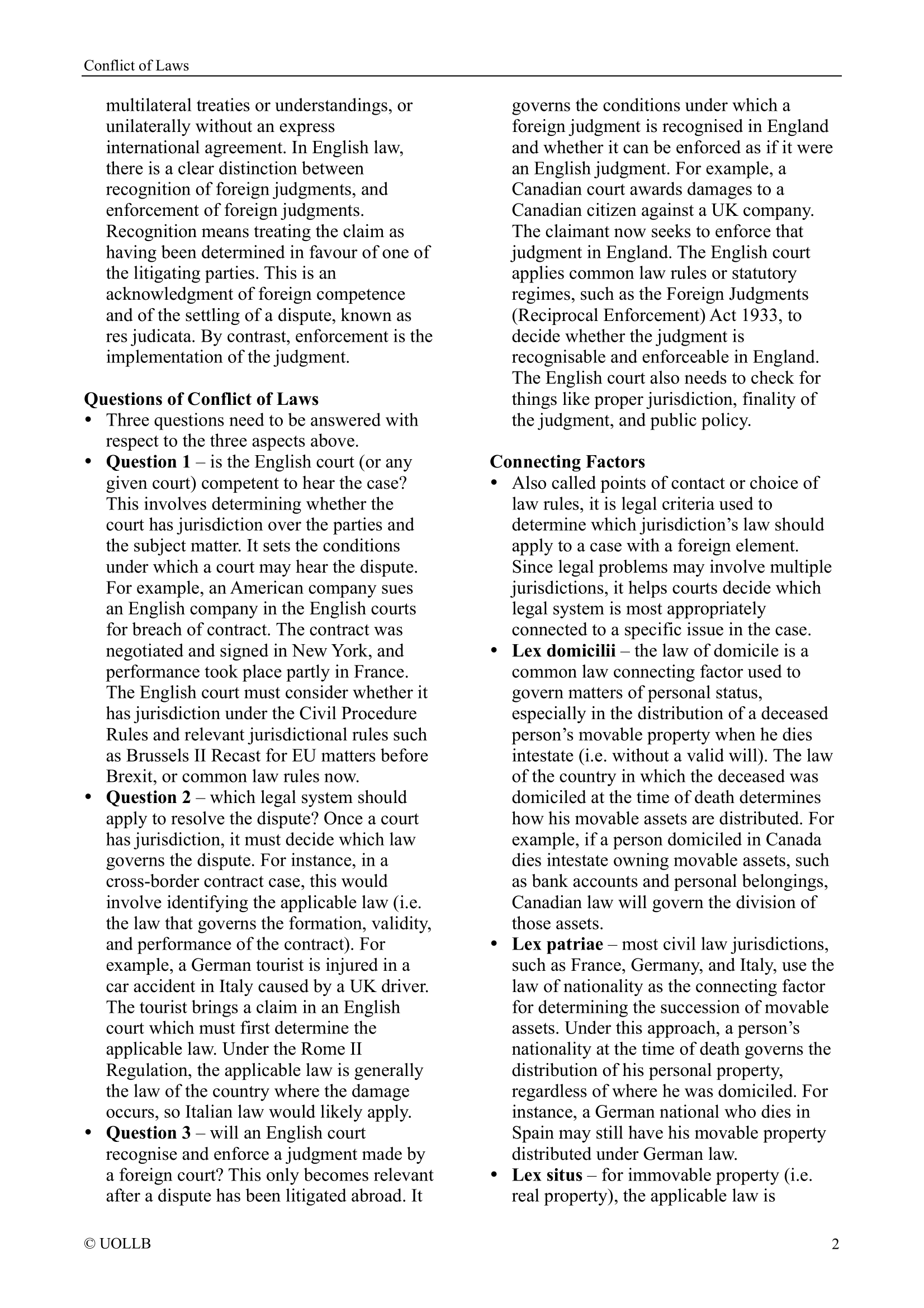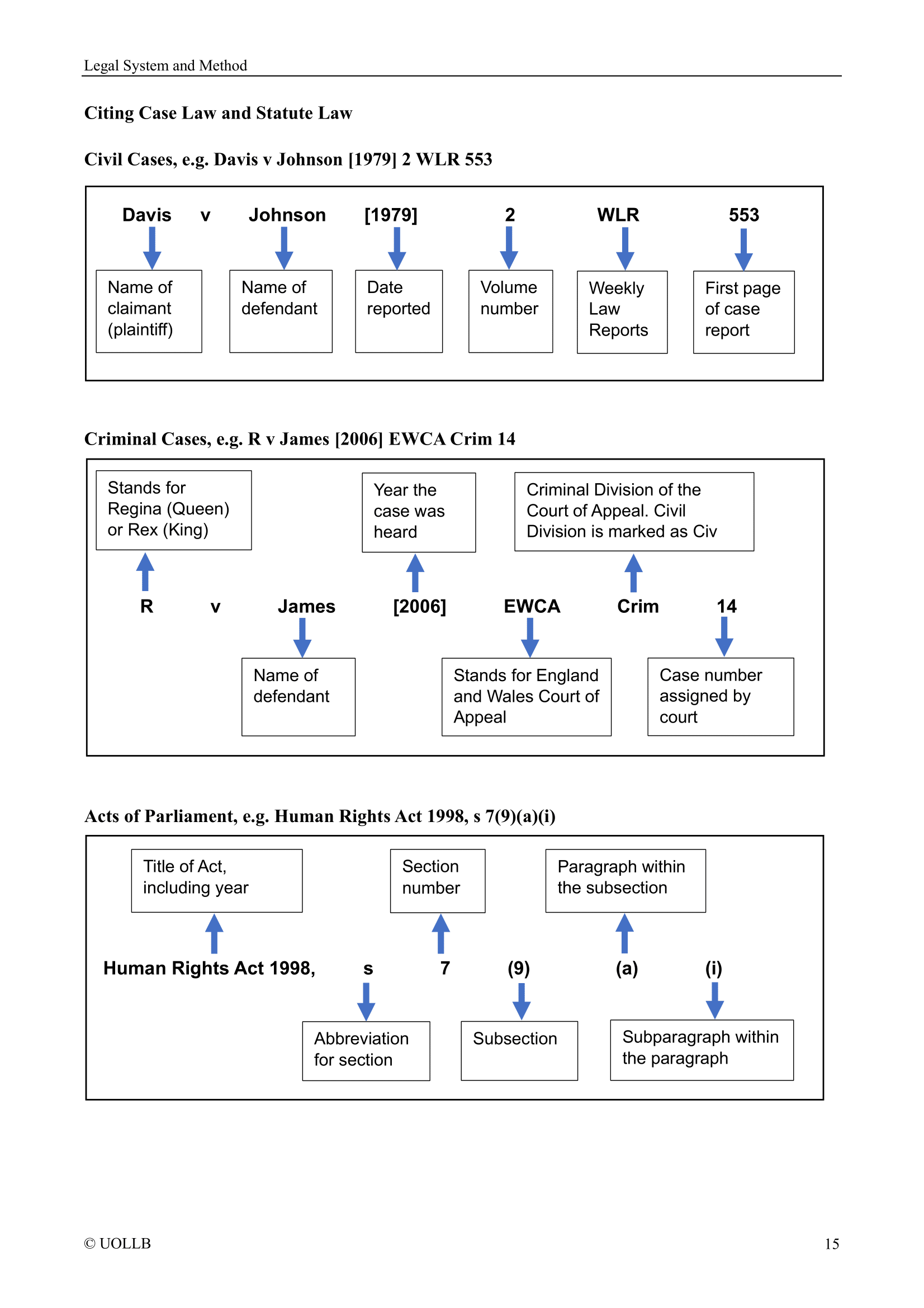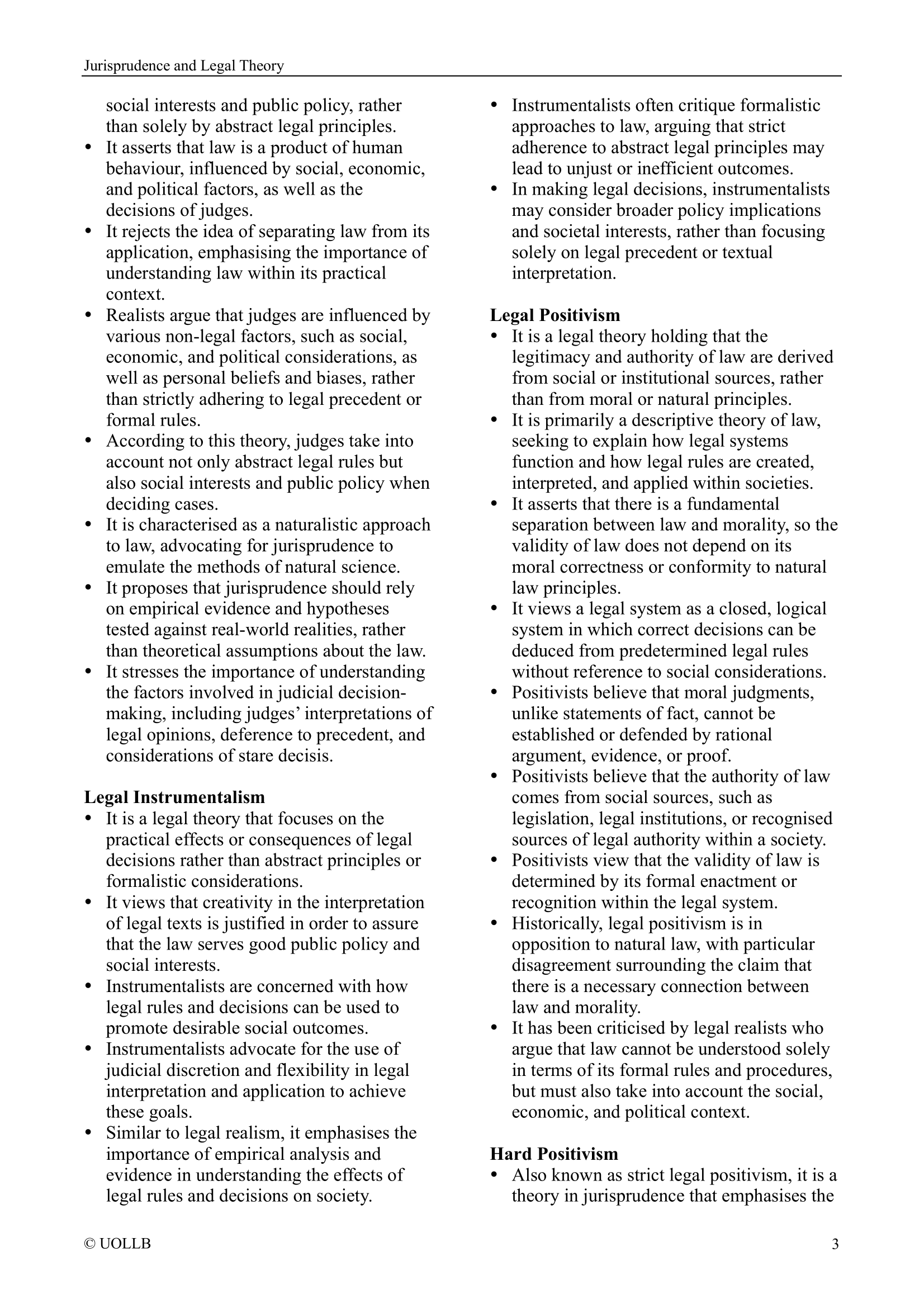Declaration on the Elimination of Violence Against Women
Share
The Declaration on the Elimination of Violence Against Women is a landmark international document that addresses the issue of violence against women and outlines principles for its prevention and elimination. It was adopted by the United Nations General Assembly in 1993 and serves as a crucial framework for governments and societies to combat gender-based violence.
Definition of violence against women: The Declaration defines violence against women as any act of gender-based violence that results in, or is likely to result in, physical, sexual, or psychological harm or suffering to women, including threats of such acts, coercion, or arbitrary deprivation of liberty. It recognises that violence against women is a violation of human rights.
Broad scope: The Declaration addresses various forms of violence against women, including domestic violence, sexual violence, trafficking in women, forced marriages, harmful practices such as female genital mutilation and honour killings, and other forms of gender-based violence.
Responsibility of states: The Declaration emphasises the responsibility of states to prevent, investigate, and punish acts of violence against women. It calls on governments to enact and enforce laws that criminalise violence against women, provide protection and support services for survivors, and promote gender equality to address the root causes of violence.
International cooperation: The Declaration encourages international cooperation and collaboration among governments, organisations, and civil society to address violence against women. It highlights the importance of sharing best practices, exchanging information, and providing technical assistance to support efforts in combating violence against women.
Support for survivors: The Declaration emphasises the need to provide comprehensive support services for survivors of violence, including medical assistance, counselling, legal aid, and shelters. It recognises the importance of addressing the physical, psychological, and social needs of survivors and facilitating their recovery and reintegration into society.
Awareness and education: The Declaration underscores the significance of raising awareness about violence against women and promoting educational initiatives that challenge gender stereotypes, promote gender equality, and foster respectful relationships based on mutual consent and non-violence.
Reporting and monitoring: The Declaration encourages states to collect and analyse data on violence against women to inform policies and programs. It calls for monitoring mechanisms to assess progress in eliminating violence against women and to hold states accountable for their commitments.
The Declaration on the Elimination of Violence Against Women serves as a critical reference point in the global efforts to address and prevent violence against women. It reaffirms the rights of women to live free from violence, advocates for comprehensive responses to this issue, and provides guidance for governments and societies to develop strategies and policies that contribute to the elimination of violence against women.
